Table of Contents
Korean Radish and Daikon Radish, what is the difference?
In this article I’m gonna do a rather uncommon thing and give you the answer straight up. So here it goes: Korean Radish and Daikon Radish is really interchangeable when it comes to cooking, but not the exact the same vegetable.
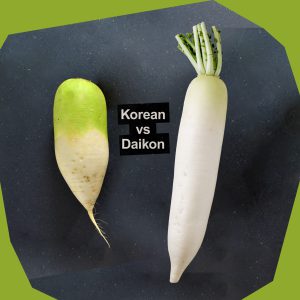
Korean Radishes can be used interchangeably with Daikon – even if the instructions say otherwise – and both varieties will work just fine during dinner time (or any other meal really). And yes, botanically this is not the same vegetable, and there are also measly differences in texture, and taste. But mostly, what’s different about them is how they look. The difference between these two vegetables is easily distinguishable, and yet it only lasts until you peel and dice them. If you put Korean Radish and Daikon Raidish side by side, you will quickly notice, that Korean variety is shorter with a blunt end, while Daikon has longer, more pointy root.
So, you’re probably wondering about all these different varieties of Korean and Daikon radishes right? Well don’t worry because they are not really distinguishable from one another. In most cases it’s fine to substitute Korean Radish with Daikon or use either variety instead depending on what recipe your following specifically implies – even if there is no mention at first glance!
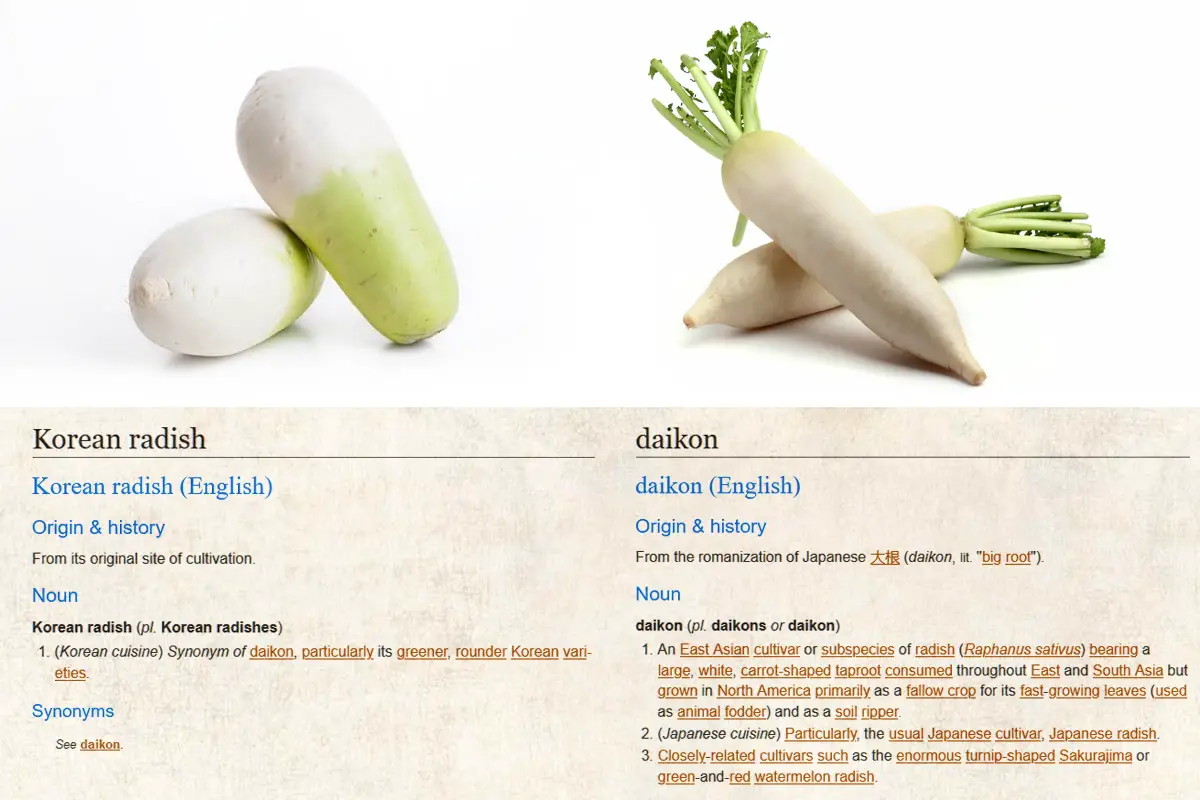
Botanical aspects
Both of these taproots are found within the flowering plant family Brassicaceae. The Brassicaceae family is composed of plants such as mustard, cabbage and brussel sprouts. It includes annuals that often grow weedy in nature but can be extensive enough to have their use for food or spice.
What you probably already noticed, is that vegetables in Raphanus genome share this common trait – the formation of tuberous (fleshy) root, which botanically known as taproot (or true root). Which makes them prone toward being able taking up more water during heavy rains than superficial roots do because they’re seeking out all available resources while going deep underground.
The Korean Radish:
Genus: Raphanus
Species: R. raphanistrum
Subspecies: R. raphanistrum subsp. sativus
Cultivar group: White radish
Cultivar: Mu / Korean radish
Origin: Korea
The Daikon Radish:
Genus: Raphanus
Species: Raphanus sativus
Subspecies: R. sativus subsp. longipinnatus
Cultivar group: White radish
Origin: North China
In the Korean cuisine, the word Joseon is often used as opposed to Wae to distinguish Korean varieties from Japanese ones. Korean radishes are generally shorter, stouter, and sturdier than daikon, and have a pale green shade halfway down from the top. They also have more expressed flavour, sligtly denser flesh and more soft leaves.
You may think that the green part of this vegetable has a unique flavor, but if you taste it, you will see that it does not. The only difference between white and green parts of Korean and Daikon radish is how much exposure they get to sunlight as they grow. You can see in the image how these roots tend to stick out partially of their own accord during growth. It’s normal and you should not put any effort into covering them, though that might damage your crop.
Korean Radish vs Daikon
The Look: Korean Radish vs Daikon Radish
Same color, almost no difference at all on this account, the green tint could me sligtly more expressed in Korean variation of this Radish. The most noticeable difference in terms of looks is the root’s shape. Korean variety tends to be shorter and more round at both ends, it does not usually have a pointy end, in fact, the deep end might even have wider circumference that the leafy end. The shape of Korean Radish is more reminiscent to potato while Daikon Radish much more resembles a carrot.
The Feel: Korean Radish vs Daikon Radish
This one is rather ambiguous, as some report Korean Radish roots to be more firmer and having crunchier texture, but these features tend to vary from crop to crop. To be fair, the texture and firmness of root vegetables is very much influenced by their maturity, water content and how long did they spent out of the ground (shipping, storage, grocery shelf, your home) before you tasted it. There is one thing certain – if you can bend a tip of Daikon radish and it flexes, or it feels rubbery soft when you squeeze it, the radish is not that fresh. Still edible though, but less juicy and crunchy after all.
The Taste: Korean Radish vs Daikon Radish
As most of these radishes, Daikons and Korean Radishes does tingle your tongue with that distinct, peppery radish taste. Some find this spicy taste to be more expressed in Korean variety as Daikon usually has more sweetness to it, resulting to milder taste.
The dietary view
Both of these radishes have a low amount of calories and offer other benefits too, like being rich in vitamin C! That is oftenly appreciated by health conscious people. It contains only 18 – 21 calories per 100 grams of fresh produce, making it an ideal choice for those who want to maintain their weight or lose excess pounds!
| Mineral Content | Mg, per 100g | Mcg, per 100g |
| Potassium | 227 – 280 | |
| Phosphorus | 28 – 31 | |
| Calcium | 25 – 27 | |
| Sodium | 16 – 21 | |
| Copper | 5 – 10 | |
| Magnesium | 9 – 10 | |
| Chlorine | 6 – 7 | |
| Sulfur | 4 – 5 | |
| Iron | 510 – 840 | |
| Manganese | 380 – 750 | |
| Zinc | 150 – 180 | |
| Iodine | 2 – 3 | |
| Selenium | 0.7 – 0.8 |
Table: Approximate Mineral content in Korean and Daikon Radishes.
Moreover, vitamin content is not to be overlooked, as the soft part of root accumulates and stores them for you to benefit from! You can expect to get as much as one third of the amount of the daily requirement of ascorbic acid consuming 100 g of fresh radish root. Here are the details on vitamin content between Korean and Daikon radish:
| Vitamin Type | Mg, per 100g | Mcg, per 100g |
| Vitamin C | 22 – 30 | |
| Vitamin E | 2 | |
| Vitamin B3 | 2 | |
| Vitamin B5 | 2 | |
| Vitamin B1 | 800 | |
| Vitamin B2 | 200 | |
| Vitamin B6 | 300 | |
| Vitamin B9 | 18 | |
| Vitamin A | 10 | |
| Vitamin H | 19 |
Table: Approximate Vitamin content in Korean and Daikon Radishes.
The health benefits of these vegetables are significant, not just their vitamin content. Root vegetables are an excellent source of nutrients, vitamins and minerals. But also contains absolute zero fat. Korean Radishes and Daikons contain protein which helps build your body’s muscles; carbohydrates provide energy through blood sugar and fiber adds bulkiness so you feel full faster during your meals, because they simply take up space in your stomach. Each 100 g portion of radish may contain:
| Nutrient Type | g, per 100g |
| Proteins | 1.2 |
| Carbohydrates | 4.1 |
| Fiber | 1.4 |
| Water | 95.4 |
| Sugar | 2 |
| Starch | 0.5 |
| Ash | 0.8 |
Table: Approximate Nutritient content in Korean and Daikon Radishes.
In your kitchen
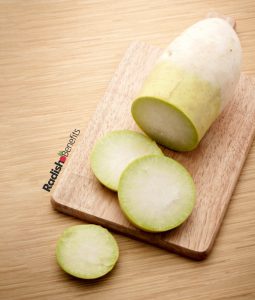 You might be wondering why some of your recipes call for Daikon, while others talk about Korean radishes. Well to put it simply-the predominance in these options must related back to where an original recipe was developed: most Western dishes will mention Daikon or Japanese Radish, since they’re more common across North America; however there isn’t much difference between both roots vegetables so you can use either one whenever mentioned on any cookbook!
You might be wondering why some of your recipes call for Daikon, while others talk about Korean radishes. Well to put it simply-the predominance in these options must related back to where an original recipe was developed: most Western dishes will mention Daikon or Japanese Radish, since they’re more common across North America; however there isn’t much difference between both roots vegetables so you can use either one whenever mentioned on any cookbook!
Daikon is one of the most versatile vegetables in existence! It can be grated raw as a condiment, or cooked and served with rice. The leaves are also edible-though not very popular among those who choose to eat them because they tend towards being bitter on taste more than anything else – but this does make for an interesting dish if you’re looking forward trying something new…
The large white radishes from Eastern cuisine are now available even in your local grocery store! You can find them usually near other vegetables, they typically come with leaves on (although some farmer’s markets do remove these). Look for nice white color (avoid pale grey, brownish roots) and, unless you will be slicing them very thin or grating, pick smaller size roots. Larger daikons might be more fibrous which is hardly noticeable raw, but unpleasant in stews and soups. In particular watch for hints of gray or blue color, especially around the root fibers. This sort of discoloration will be shot all through the radish making it less visually appealing and tasty.
In your garden
Germination of large seed is highly reliable. You can plant single seeds and there’s no need to thin like you would with carrots, so the results are typically better than what one might expect from such an easy crop! In fact, most of Raphanus sativus L. var. sativus radishes are easy to grow, and in some cases you can grow radishes in small pots on your windowsill. Daikon and Korean radishes are typically large, so the windowsill option is too difficult for them, because of how far away their roots grow. It’s not uncommon to find ones that weigh over 4kg (that is 10lbs), though most will be available at around 500g-1 kg.
Can you grow Daikons and Korean radishes?
Most probably, yes! Even though these vegetables originated in the east, they are very adaptable. Growing Daikons and Korean radishes is rather simple, these radishes will withstand the following climate zones: Zone 7; Zone 8; Zone 9; Zone 10.
If planted wisely, Radishes can supply an almost year-round harvest. Radishes are a great crop for almost any soil type, but prefer richly textured loams with good drainage and regular moisture. To harvest their full potential in your garden you’ll need to cultivate an area well before planting out those seedlings!
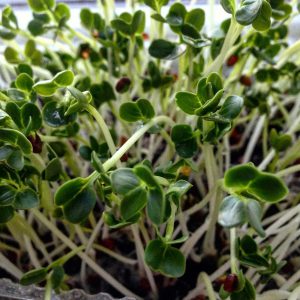
It’s important to know how much space your garden needs because it will determine the type and quantity of plants you want. You should sows seeds 1cm deep with 2 cm apart, leaving 30 centimeters between rows for optimal yields! Thin out radish leaves when they appear so that plant doesn’t become stunted or covered in weeds – just harvest 4 weeks after planting since not all varieties need watering every day if at any time during production there is less than 10 minutes worth available rain per week then these same tasks must be repeated.
The large root of this plant grows partially above ground. It’s possible for as much 1/3 to 2/3rds of the roots to be exposed when growing in soil, but sometimes only part way will show up!
Growing Daikon from seed
Although the Daikon is highly popular in North Asia, it grows really well over a wide range of temperatures. You should have no problems germinating the seeds to grow Daikon in your garden.
Growing Korean Radish from seed
You might expect quite as much success growing Korean Radish from seed, as you would from Daikon.

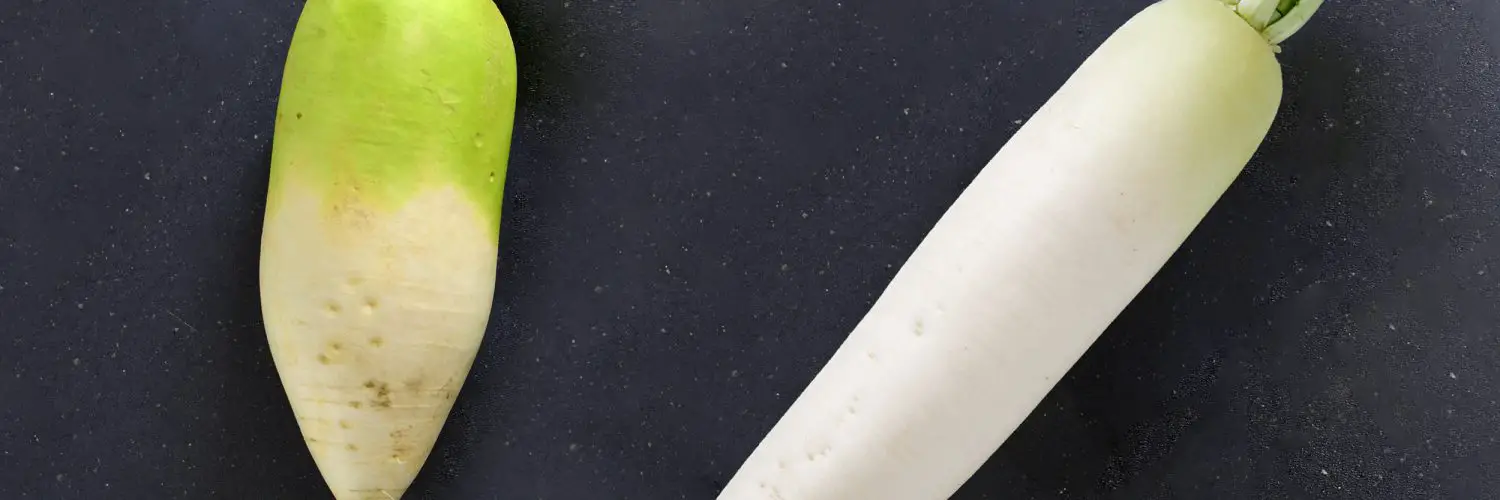
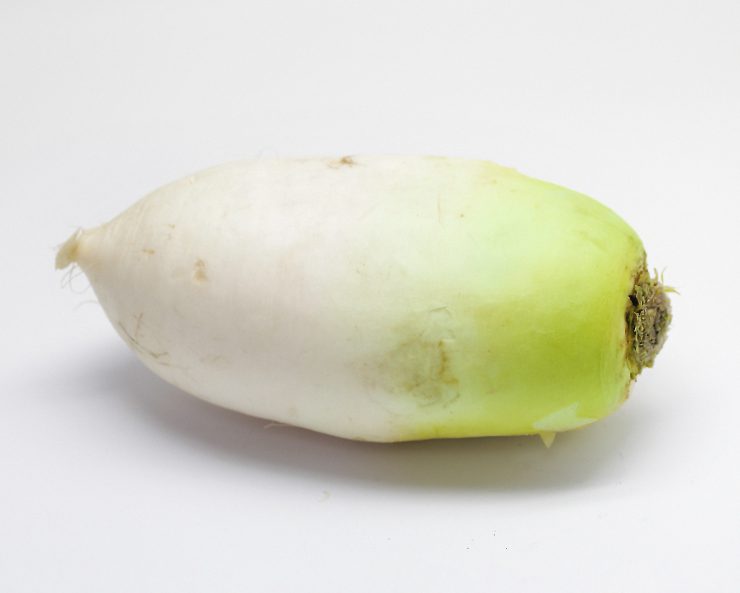
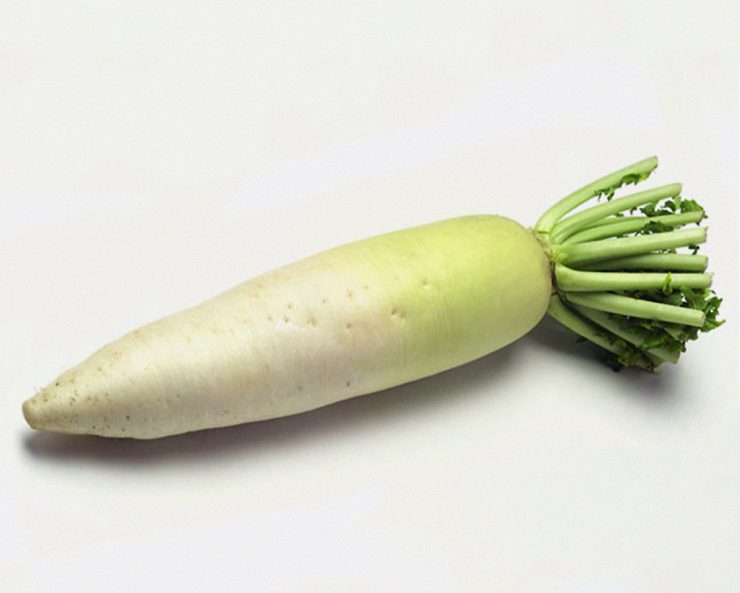
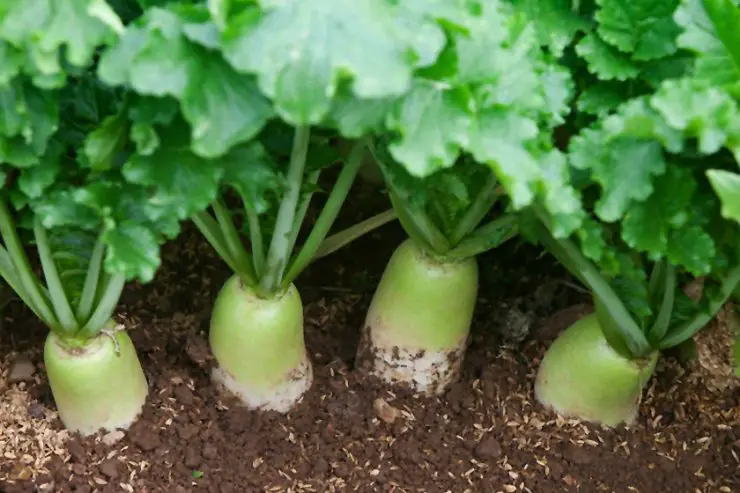
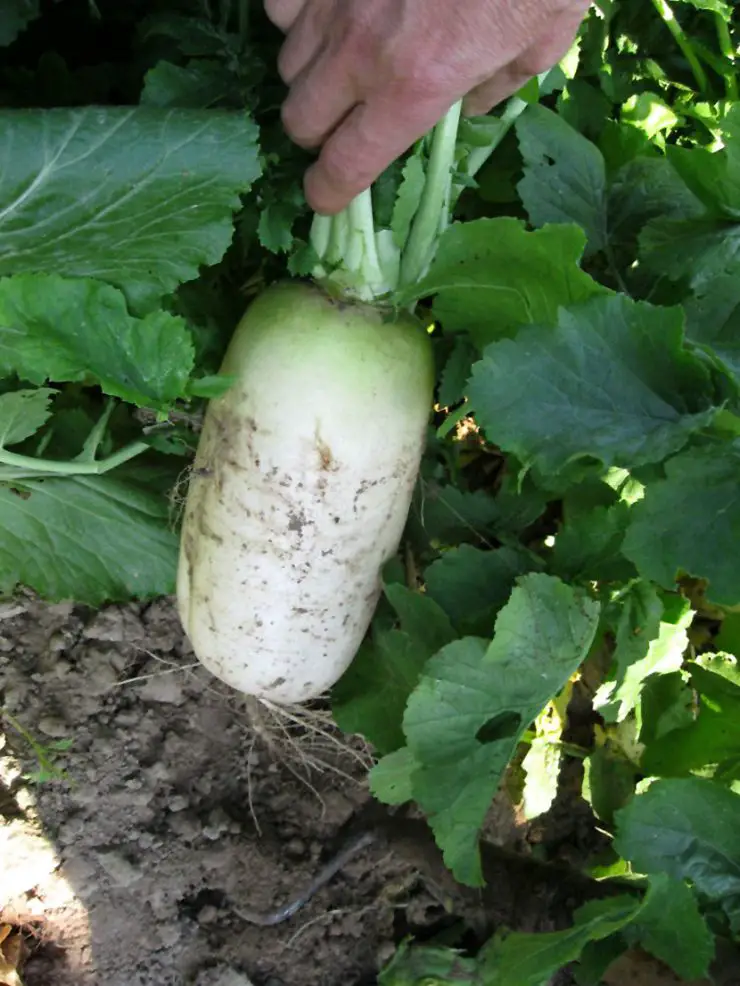
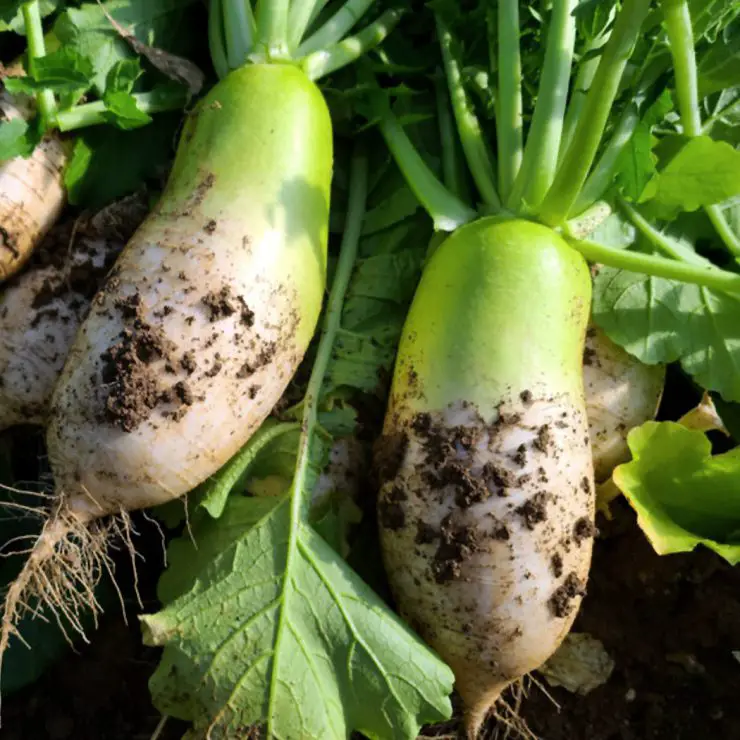
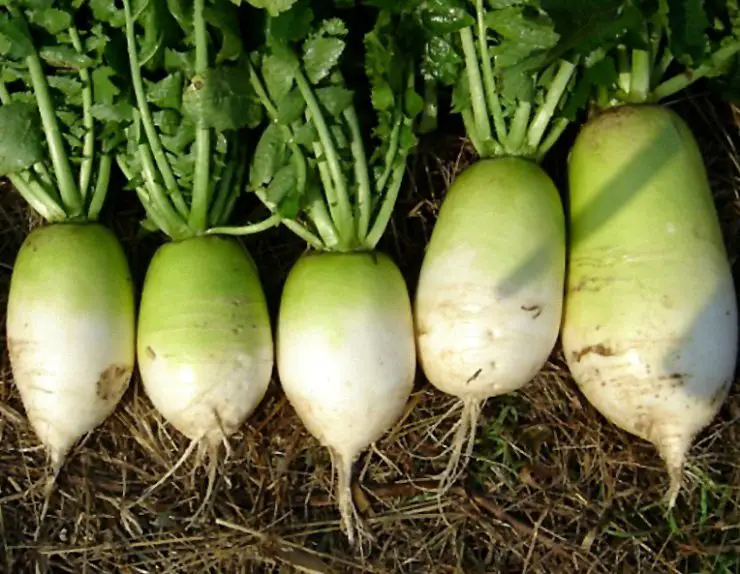
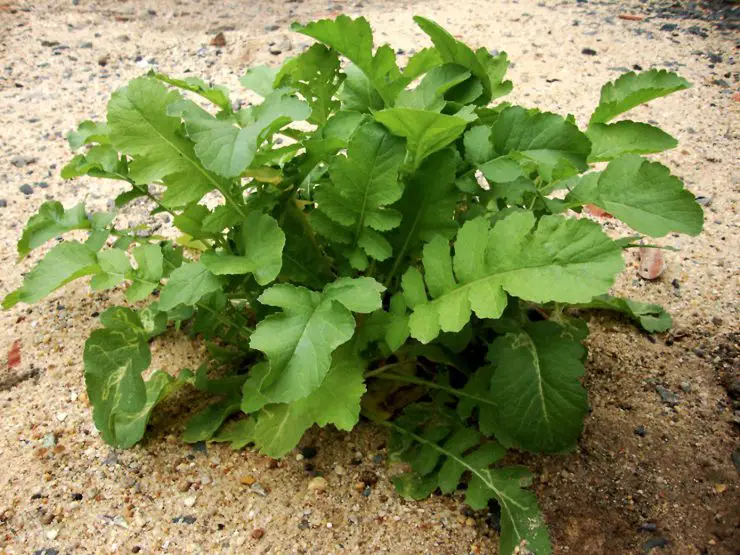
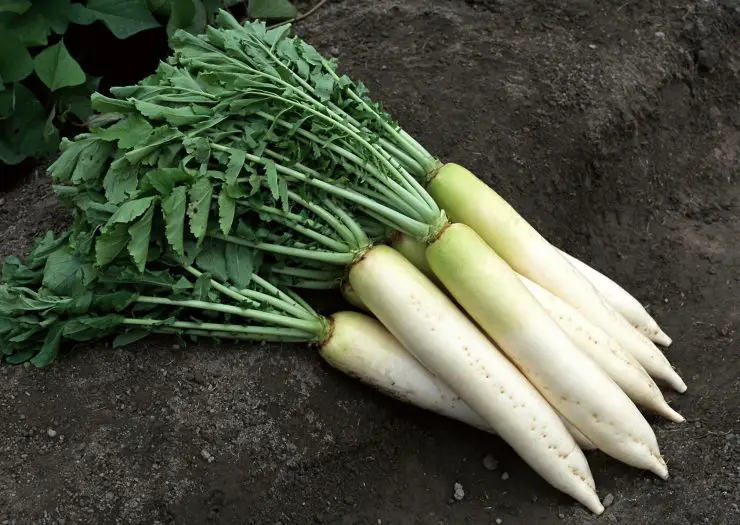
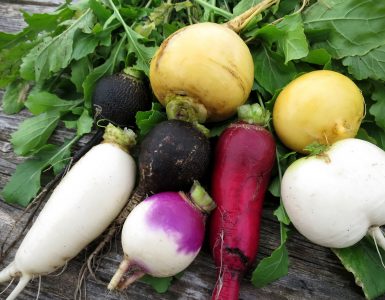
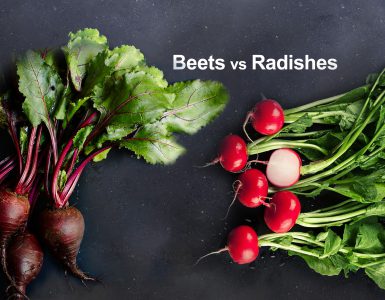









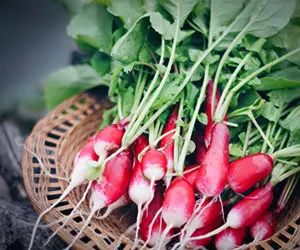

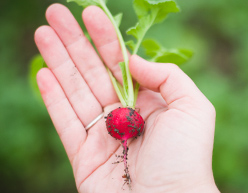






Add comment